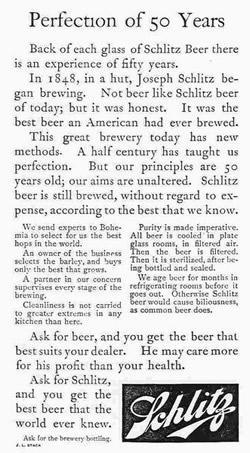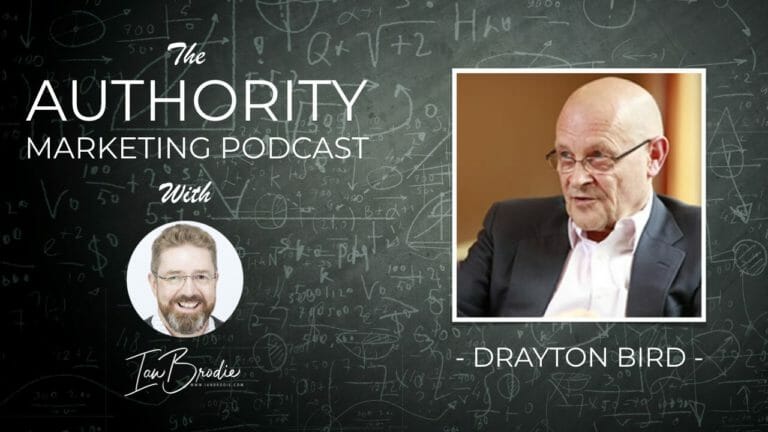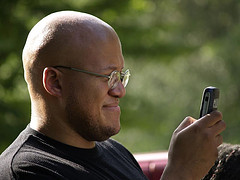More Clients Memorandum
Romancing your way to more clients
Posted on April 3rd, 2011.In my recent emails I've focused on the planning and activities needed to make your initial contact with potential clients.
Now it would be great if at that initial point of contact, it turns out that your potential client is ready to buy right then and there.
But in reality, that's very rarely the case.
In my experience, 80-95% or more of the time, your initial contact will be with prospects who could be great clients – but who just aren't quite ready to hire you yet.
It could be they haven't yet realised they have an issue you can help with.
Or they haven't seen the magnitude of the challenge and aren't yet addressing it with urgency.
Or very often, they haven't seen enough from you yet to trust you and believe in your capabilities.
Or it may even be that you ended up pitching for some work but lost out to a competitor.
Typically what happens next is that you'll move on to your next “hot prospect”. You'll focus on the next initial meeting or call you have arranged, or that new proposal you've been asked for.
But has that potential client you've been focusing your attention on up to now suddenly become a bad prospect?
Are they suddenly not a good fit for your services because they're not ready to buy yet, or they've chosen to go with a competitor?
It could be that during your initial contact with them you discovered some new information which tells you they're not a good prospect. But nine times out of ten that's not the case.
Usually the answer is that they're still a good prospect – only not for now. Maybe 3 months or 6 months or 18 months down the line.
The trouble is that most of us will act as if they're no longer a high potential client. We'll devote all our energy to our new hot prospects and ignore the people who only weeks ago were top of our list.
As a result, when 3 months, 6 months or 18 months has passed and they're now much more ready to buy – do they turn to us?
If we've ignored them over that time, or only contacted them to ask if they were ready yet, then the chances are that we won't be the one they call.
Who would you call in those circumstances?
Someone you spoke to months earlier but who never contacted you again – or someone who kept in touch by sending you useful, relevant information? Someone who introduced you to useful contacts and invited you to interesting events.
No matter how great your credentials and capabilities, if you ignore a potential client they're never going to find out how great you are.
As David Maister used to point out, the situation is very much like the difference between romance and “one night stands”.
If you're looking for a significant commitment from someone, then the chances are they're not going to make it on the first date. You need to romance them over time.
You need to show that you genuinely care about them – and that you're the sort of person they're looking for.
That's not going to happen if you use the “one night stand” tactics of trying your luck then moving on to the next person if you don't hit it lucky straight away.
Think of the difference in approaches. Succeeding with one night stands (at least so I'm told – obviously I have no first-hand experience ;) ) is all about you. It's about putting on a show. Looking the best you can, having the best chat up lines and pick up techniques.
Romance is all about the other person. Genuinely listening to them. Understanding what they're looking for (and maybe deciding you're not right for each other).
Doing nice things for them. Proving to them that you're the one. It's not about using clever chat or techniques.
All of this requires an investment of a not-insignificant amount of time and effort. In the world of personal relationships, it's pretty difficult to romance more than one person at a time.
In the world of business relationships, you can manage a few more and they rarely expect you to be “exclusive”.
But nonetheless, it's very difficult to romance more than a handful of clients personally at any given time. So before you make that investment, you need to make sure that they really are right for you and that you're right for them.
So let's put that into practice.
Out of the potential clients you met in the last few weeks, write down a short list of the small number who could be those “perfect” clients for you.
Then think through and write down what you can do over the next few weeks to start romancing them.
Keep building that list week-in, week-out. And keep planning those romance activities for the highest potential clients on your list. It'll pay off sooner rather than later.

 PS – it's not just people that people are interested in the backstory of. One of the most successful print advertisements of all time was the legendary Claude Hopkins' ad for Schlitz Beer shown here.
PS – it's not just people that people are interested in the backstory of. One of the most successful print advertisements of all time was the legendary Claude Hopkins' ad for Schlitz Beer shown here.
 An email I got last week from a fellow consultant made me think about how the way I sell has changed in some important ways over the last few years. I thought you might be interested and it might help you make some changes in the way you sell too.
An email I got last week from a fellow consultant made me think about how the way I sell has changed in some important ways over the last few years. I thought you might be interested and it might help you make some changes in the way you sell too. Greg Alexander, CEO of Sales Benchmark Index and leading authority on improving sales performance using benchmarking explains how he found his niche and became the leader in this field.
Greg Alexander, CEO of Sales Benchmark Index and leading authority on improving sales performance using benchmarking explains how he found his niche and became the leader in this field. Would you like to grab a coffee some time to discuss how we might be able to help each other out?
Would you like to grab a coffee some time to discuss how we might be able to help each other out? I love gadgets.
I love gadgets. I often talk about the importance of courting your clients – investing in building a high quality relationship with them.
I often talk about the importance of courting your clients – investing in building a high quality relationship with them.